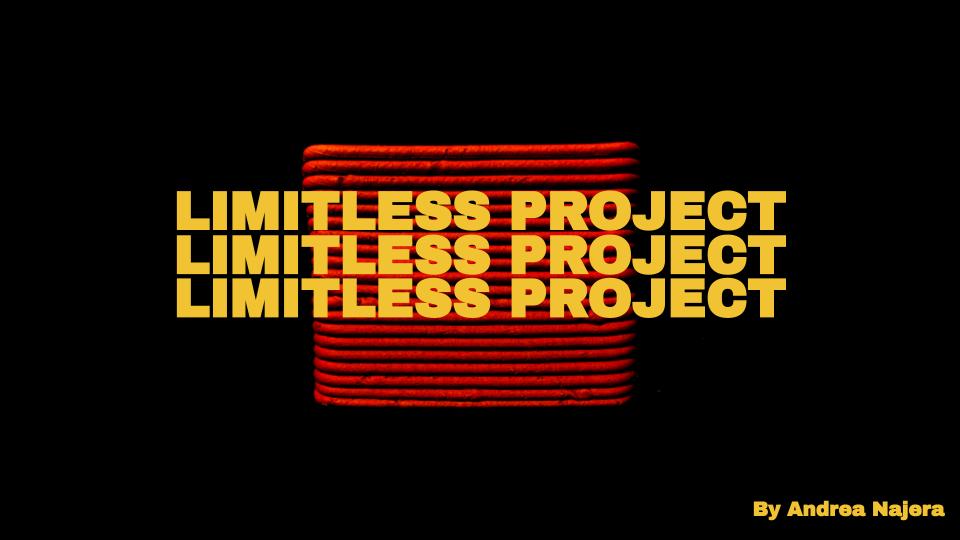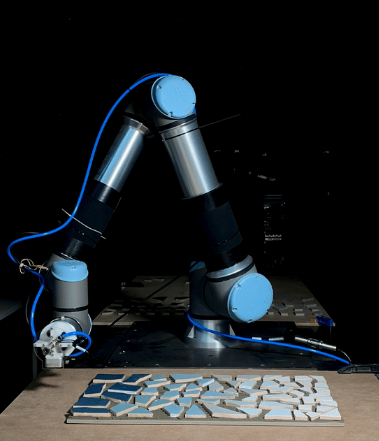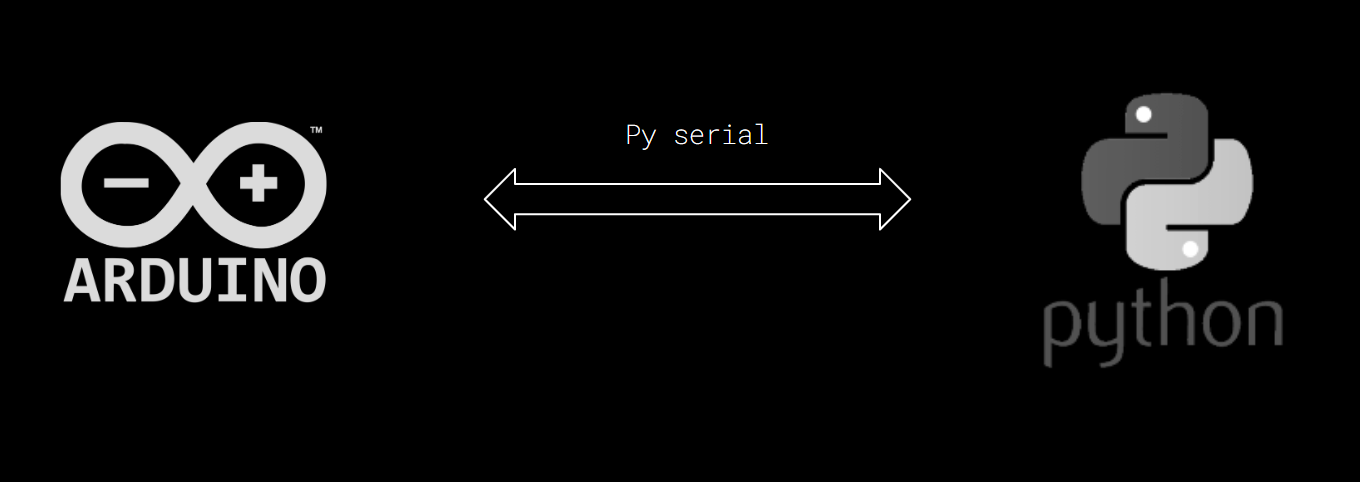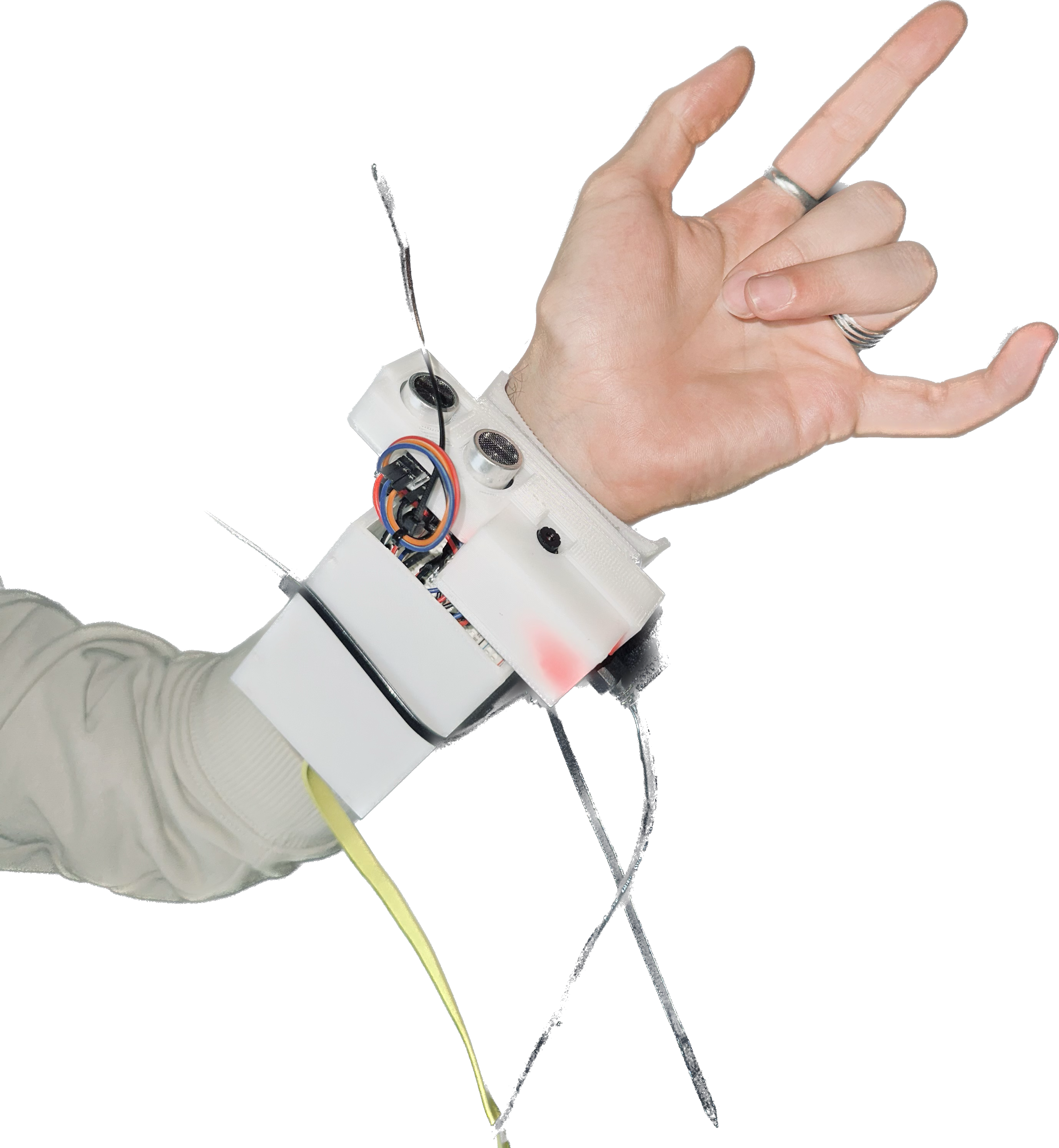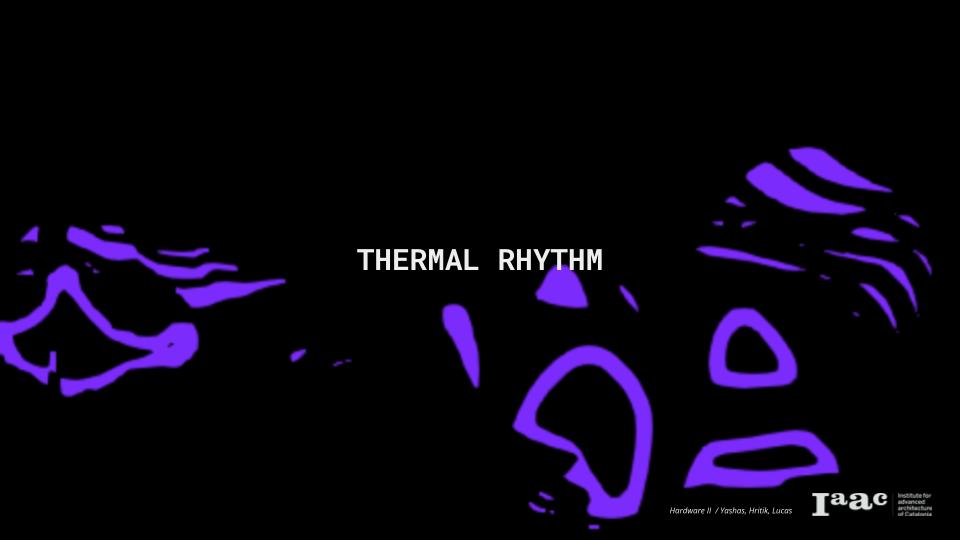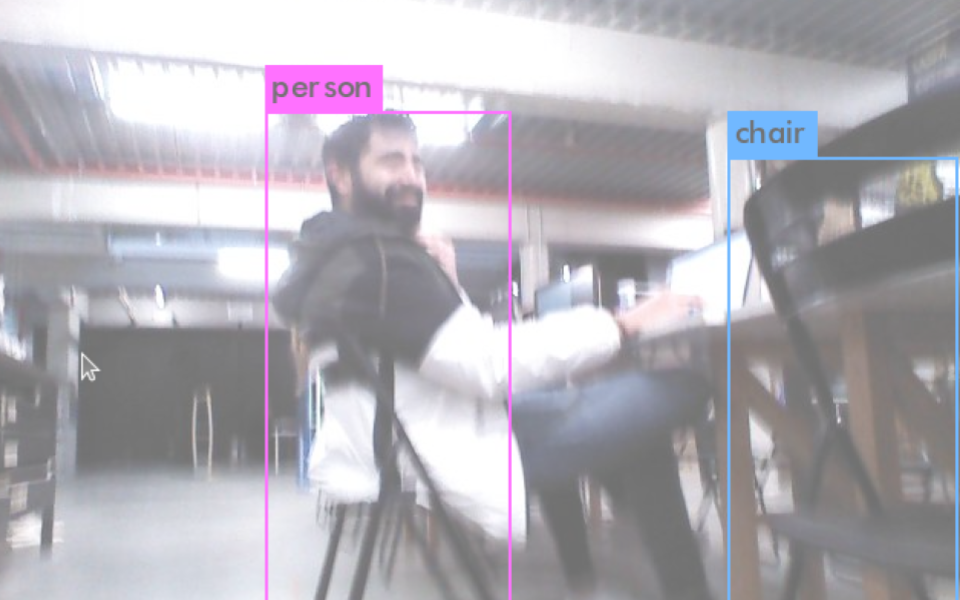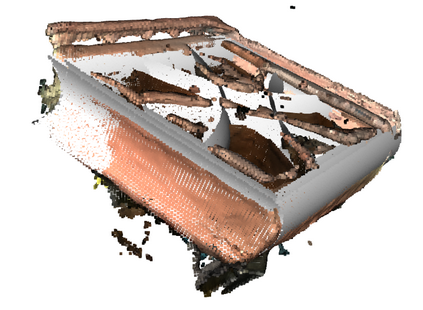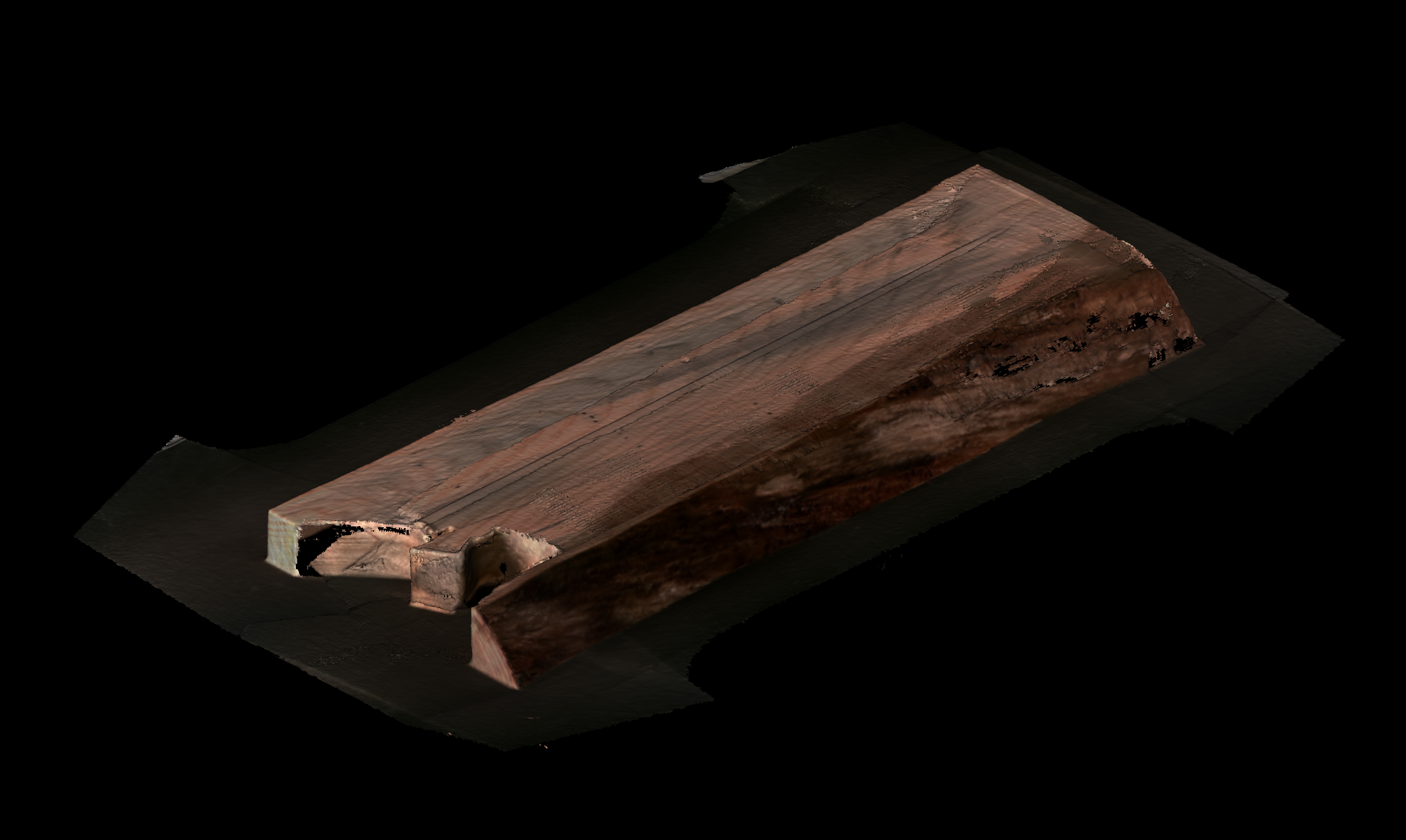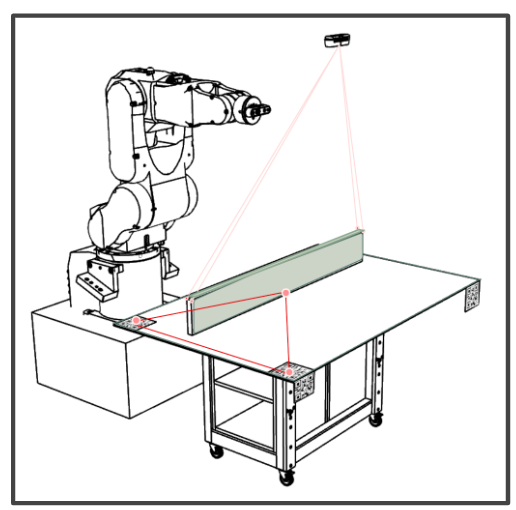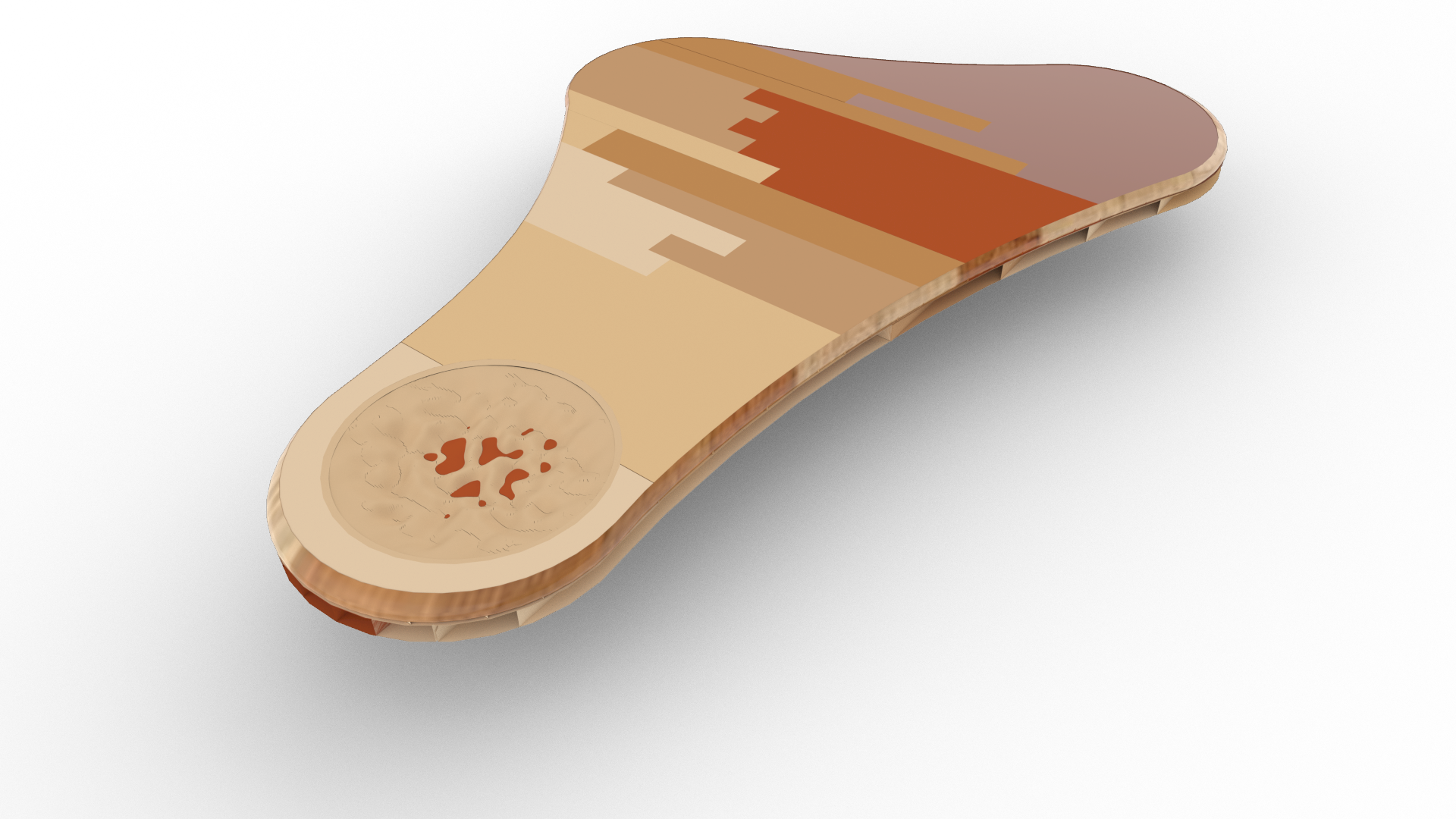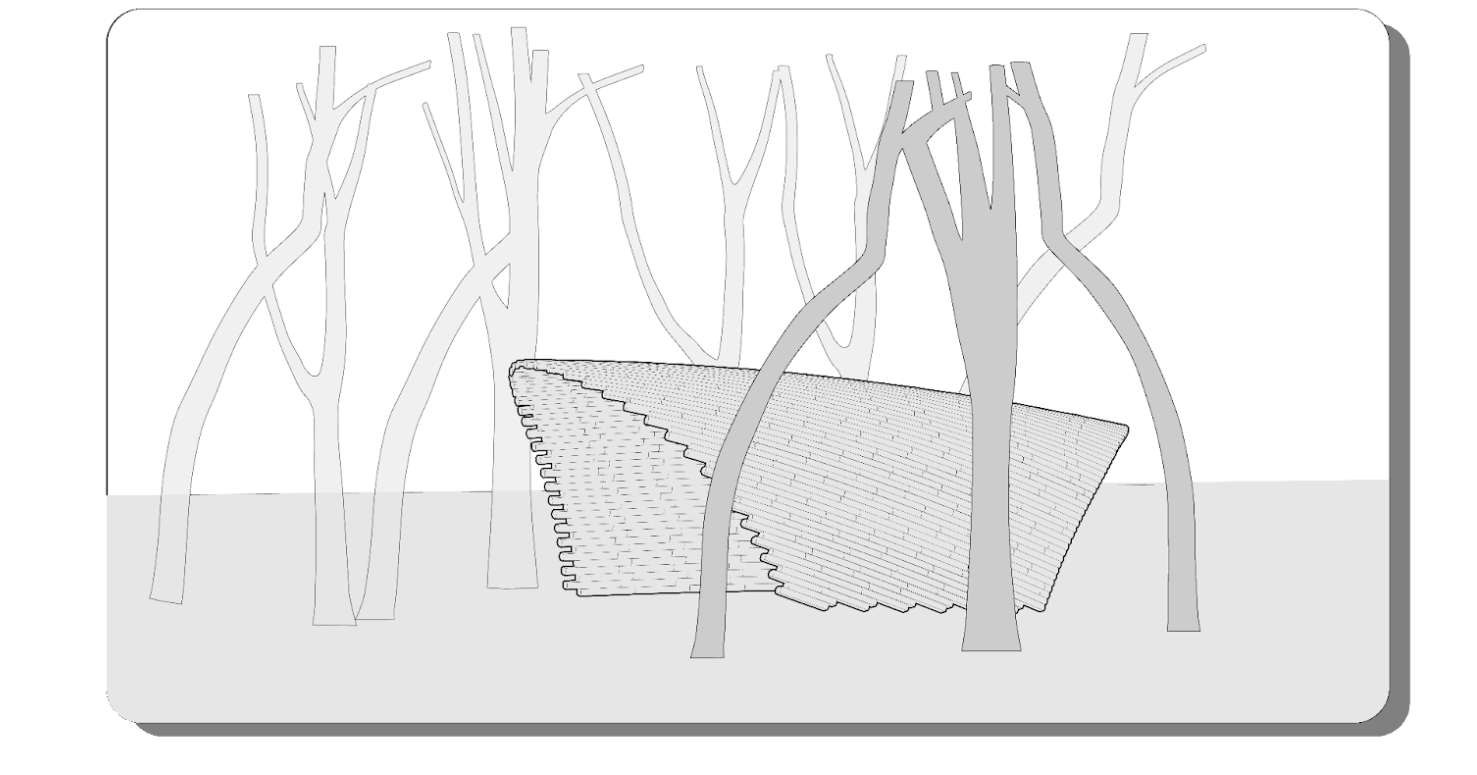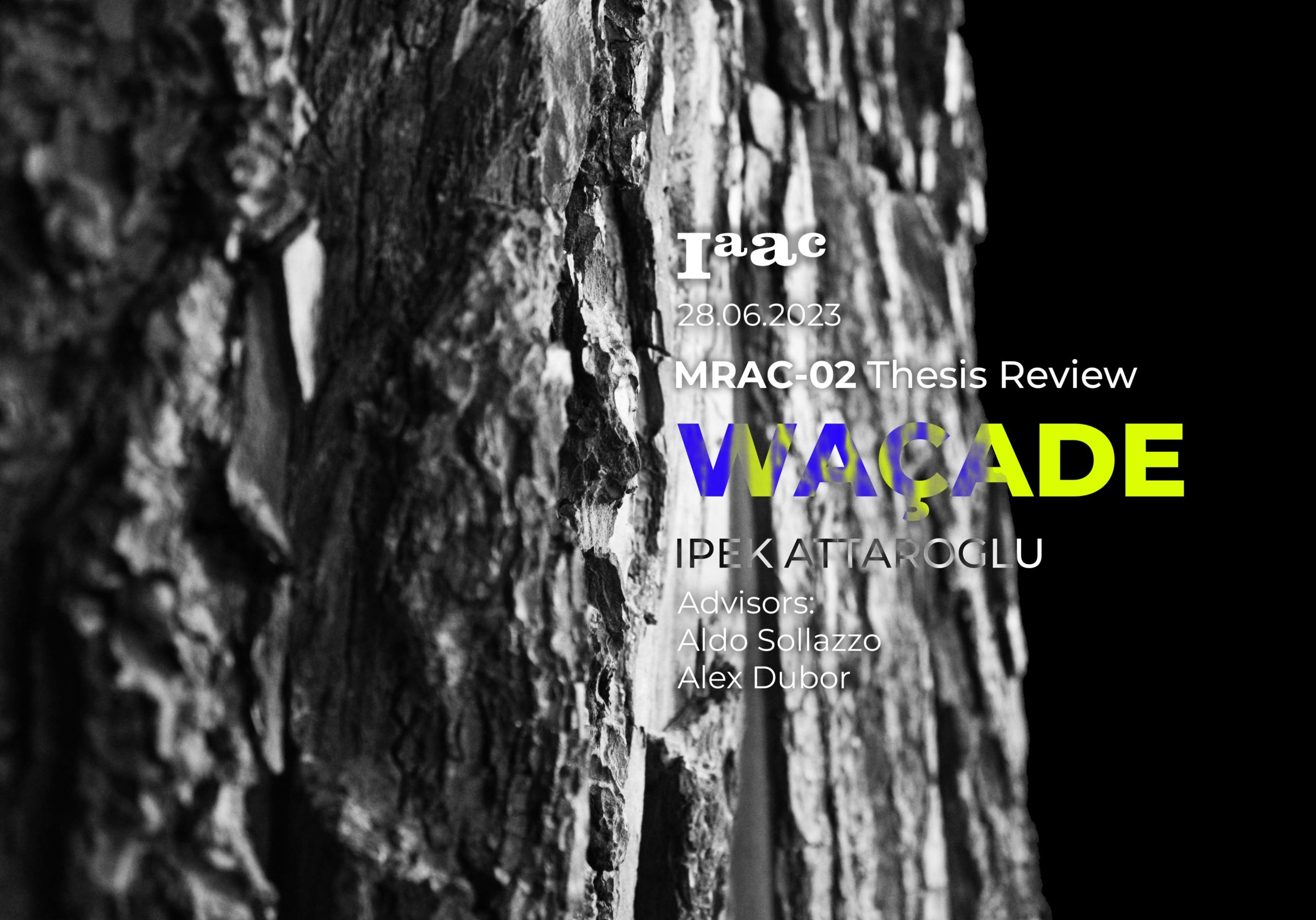Limitless project
This project is looking to be a tool that allow the monitoring, messure and documentation of the AM process at the moment of the printing with the help of conventional cameras, analog sensors, robot Data and open source technology Limitless project use different technology process to adquire information and process it. After the creation of … Read more

